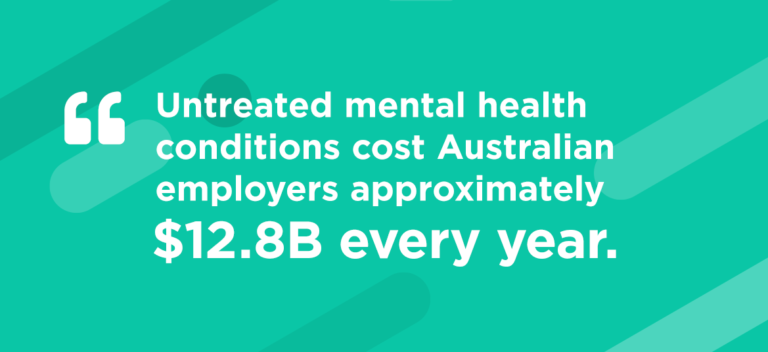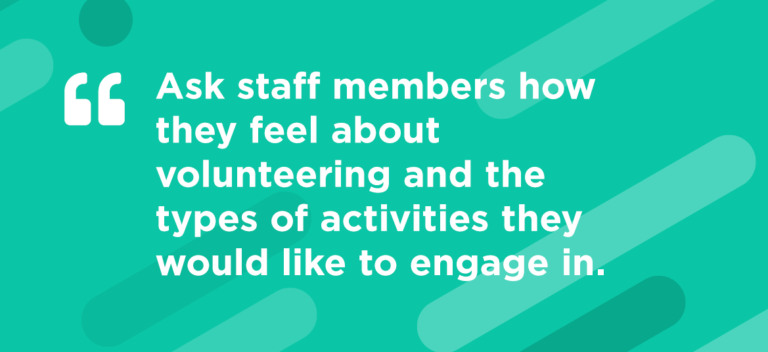Delegate tasks for better work-life balance
One sure way to be overwhelmed is by thinking you need to do everything yourself. Effective business owners and managers learn how to delegate low-value work that can be done by staff or outsourced. Before taking on a task, ask yourself, ‘Is this the best use of my time?’ and ‘Can somebody else do it instead?’ By focusing on what you are best qualified to do and what adds the most value, you will free up time for yourself. For example, there’s no reason for a business owner to do their own bookkeeping when this can be easily outsourced to a person that can do the job better and faster. As the business grows, a permanent staff member can be added to complete this role.
Don’t treat all emails and text messages as urgent
Business owners, managers and employees are constantly bombarded by emails and text messages. If you treat all emails and text messages as urgent, you find you are constantly in work mode. This is especially true if you receive many emails and texts outside of business hours. First, let staff, suppliers and other stakeholders know that you will only answer urgent texts and emails when it’s not your working time. If you always answer all text and emails quickly, people will begin to see this as normal and expect it. By being on-call all the time, you will not have any work-life balance and will be working long hours.
Be flexible about where managers and employees can work
If it is conducive with the type of work, be flexible about where people can work. If staff can sometimes work from home and avoid commuting, this will free up time and create more balance. Many people can still get work done without coming into an office and sometimes be more productive due to the decrease in interruptions. Being closer to home can also free up time to spend with family and friends without negatively affecting productivity.
Create a quiet space at work
Sometimes you need a break without leaving the business premises. If you have space, create a quiet and relaxing break area with comfortable seats. Create a rule that this area will not be used for business purposes, such as meetings and phone calls. Having a space in the work environment where people can leave for a short period of time will help them relax, be more productive and get the most out of the working week. It will also go a long way to creating work-life balance.
Prioritise your tasks for work-life balance
If you view every task as urgent, you will never gain work-life balance and be able to separate your work and personal lives. One tip to gain control is to categorise tasks to help you manage your time. These categories can include:
- Very important
- Not urgent today
- Nice to complete
- Delegate to others
- Eliminate.
Prioritise your tasks according to their importance so you can create a better work-life balance.
Complete tasks at the best time of the day for you
If your mind is most clear and focused in the morning, save this time for tasks that require clarity and focus, such as writing emails. Determine when you are most productive for certain tasks and set aside time for these. For example, if your mind is fuzzy after lunch, focus on tasks that don’t require as much concentration as others. By doing this you will get more out of your working days and free up time for work-life balance.
Encourage staff to use annual leave time
Employees who keep on accumulating leave time can be encouraged to take leave time. In addition to having to pay out annual leave if staff move on, not using leave shows that there is a lack of work-life balance. Some businesses shut down or have limited operations during the summer holiday season and require staff to take a few days of annual leave. By encouraging staff to take annual leave during slow times, you will encourage work-life balance.
Get exercise to improve work-life balance
One of the best things you can do for your general health and wellbeing is to get exercise. Each person can find some form of exercise that suits them. You don’t have to train for a marathon – a 30-minute walk is enough. Besides helping you relax, exercise will help you clear your mind and relax, exercise will improve your immunity and prevent illnesses. By making you more productive, you will be able to maximise your productivity and improve your work-life balance. If you can’t seem to find the time for exercise, try walking meetings as a way to be more active at work.
Schedule non-work activities to maintain work-life balance
If you’re like most people, you tend to schedule work-related tasks and events but not life-related ones. By putting non-work hours on your schedule, you are telling yourself that these are important. For example, if you plan to visit your gym at 5.30pm, put it in your diary. By doing so, you are telling yourself that it’s an important activity to follow through with. If something comes up, you will be more likely to stick with your personal activity, and not work longer hours, if you have put it on the schedule. This will help you avoid work burnout.
Schedule non-work activities to maintain work-life balance
For general information on mental wellbeing in the workplace, check out resources from Safe Work Australia, Headspace, SANE Australia Heads Up or the Black Dog Institute.
If you or someone else is struggling with the impact of work-life balance on mental health, you also can also contact R U OK?, Beyond Blue on 1300 224 636 or Lifeline on 13 11 14. or make an appointment with your HR manager, doctor or a psychologist.




